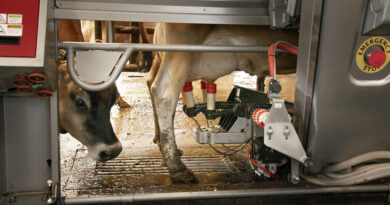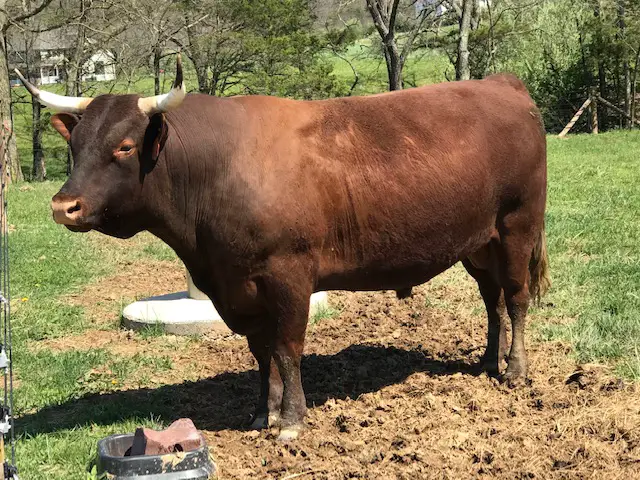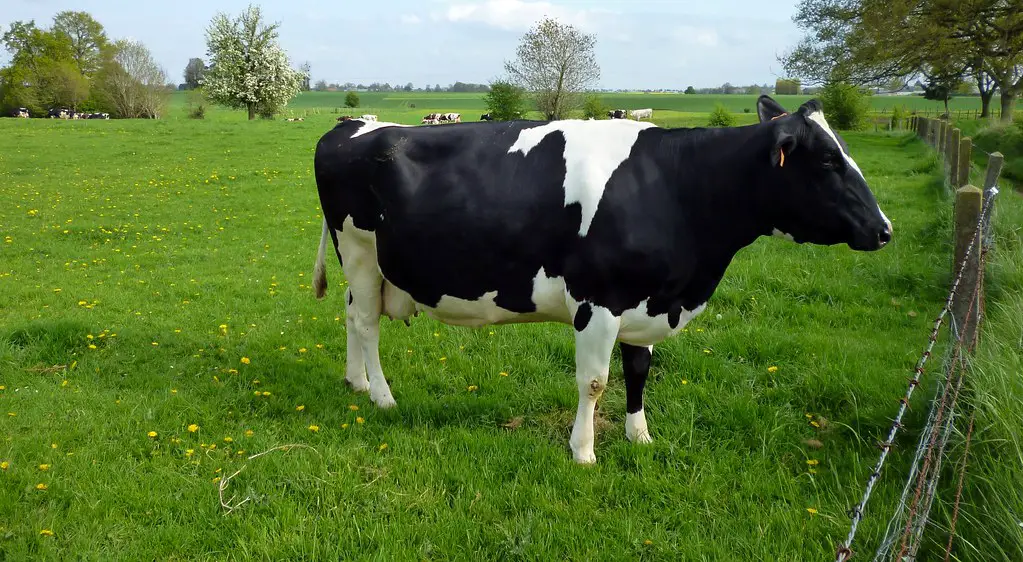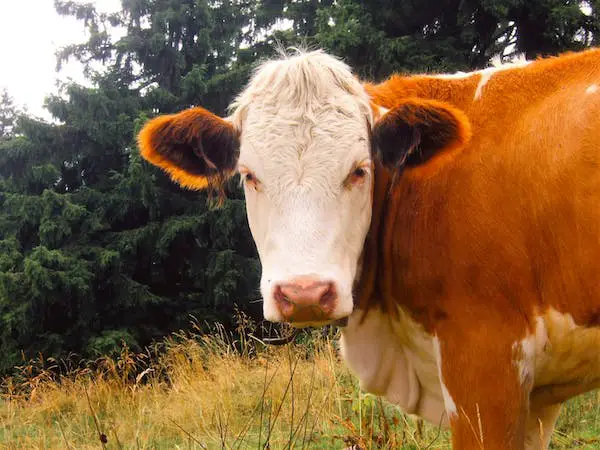Beefmaster Cattle: Origin, Characteristics, Pros, and Cons

In the heart of Texas, a breed of cattle was forged with a singular purpose: to thrive in challenging environments while producing top-quality beef. Meet the Beefmaster, a testament to the vision of American cattle breeders and their dedication to creating livestock tailored to specific needs. Let’s dive into the origins of these impressive cattle and see if they might be the right breed for your operation.
Origin
The story of Beefmaster cattle begins in the 1930s with cattleman Ed C. Lasater. On his expansive Texas ranch, Lasater envisioned a beef breed that could withstand the harsh climate and produce exceptional meat. He meticulously crossed Brahman, Hereford, and Shorthorn cattle, carefully selecting for the traits he wanted to see amplified in his new breed.
Characteristics of Beefmaster Cattle
- Color Palette: Beefmasters don’t have strict color standards. You’ll find them in various shades of red and brown, and some even have white markings.
- Muscular and Ready: Beefmasters are built for meat production, with a muscular frame and a focus on conformation.
- The “Six Essentials”: Lasater prioritized six core traits in developing Beefmasters: weight, conformation, milking ability, fertility, hardiness, and disposition.
Pros of Raising Beefmaster Cattle
- Beat the Heat: Their Brahman influence makes Beefmasters masters of handling heat and humidity. This is a major advantage in Southern regions or areas with long, hot summers.
- Motherly Love: Beefmaster cows are known for their strong maternal instincts, taking excellent care of their calves and producing plenty of milk for healthy growth.
- Adaptable All-Stars: While excelling in the heat, Beefmasters are surprisingly adaptable and can thrive in diverse climates and grazing conditions.
Cons of Raising Beefmaster Cattle
- The Treasure Hunt: As not one of the most widespread breeds, finding quality Beefmaster breeding stock might take more effort.
- Growing Recognition: The Beefmaster name might not have the instant market recognition of the most popular beef breeds, but their reputation is steadily rising.
Characteristics Table
| Characteristic | Description |
|---|---|
| Breed | Beefmaster |
| Origin | Texas, USA |
| Colors | Varied, including reds, browns, some with white |
| Horn Status | Typically horned, but polled lines exist |
| Size | Medium to Large |
| Temperament | Generally docile |
| Uses | Primarily beef production |
Beefmaster Cattle Color
Unlike some breeds with strict color standards, Beefmasters showcase a variety of coat patterns. This is a testament to their focus on performance traits rather than rigid breed appearances.
Beefmaster Cows vs. Beefmaster Bulls
Beefmaster bulls are naturally larger and more heavily muscled than cows. Both sexes are known for their calm temperament and ease of handling.
FAQ
- What are Beefmaster cattle known for?
- Adaptability, hardiness, excellent mothering ability, and producing quality beef.
- What are the pros and cons of Beefmaster cattle?
- Pros include heat tolerance, mothering instincts, and adaptability. Cons might be slightly less availability and name recognition in some markets.
- Is a Beefmaster a cross breed?
- Yes! Beefmasters were developed by crossing Brahman, Hereford, and Shorthorn cattle.
- Are Beefmaster cattle docile?
- Generally, yes! Beefmasters are known for their calm and manageable temperament, making them a good choice for both experienced and less experienced cattle owners.
Conclusion
Beefmaster cattle are a unique American success story and a practical choice for producers seeking adaptable, hardy cattle built for beef production. Their ability to thrive in challenging environments and their focus on maternal traits make them particularly appealing in certain regions. If you ranch in the South or have less-than-ideal pasture, Beefmasters might be the perfect fit for your herd.
Let’s Talk Beef!
Do you have experience with Beefmaster cattle? Would you consider them for your operation? Share your thoughts and any questions you have in the comments below!





